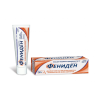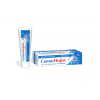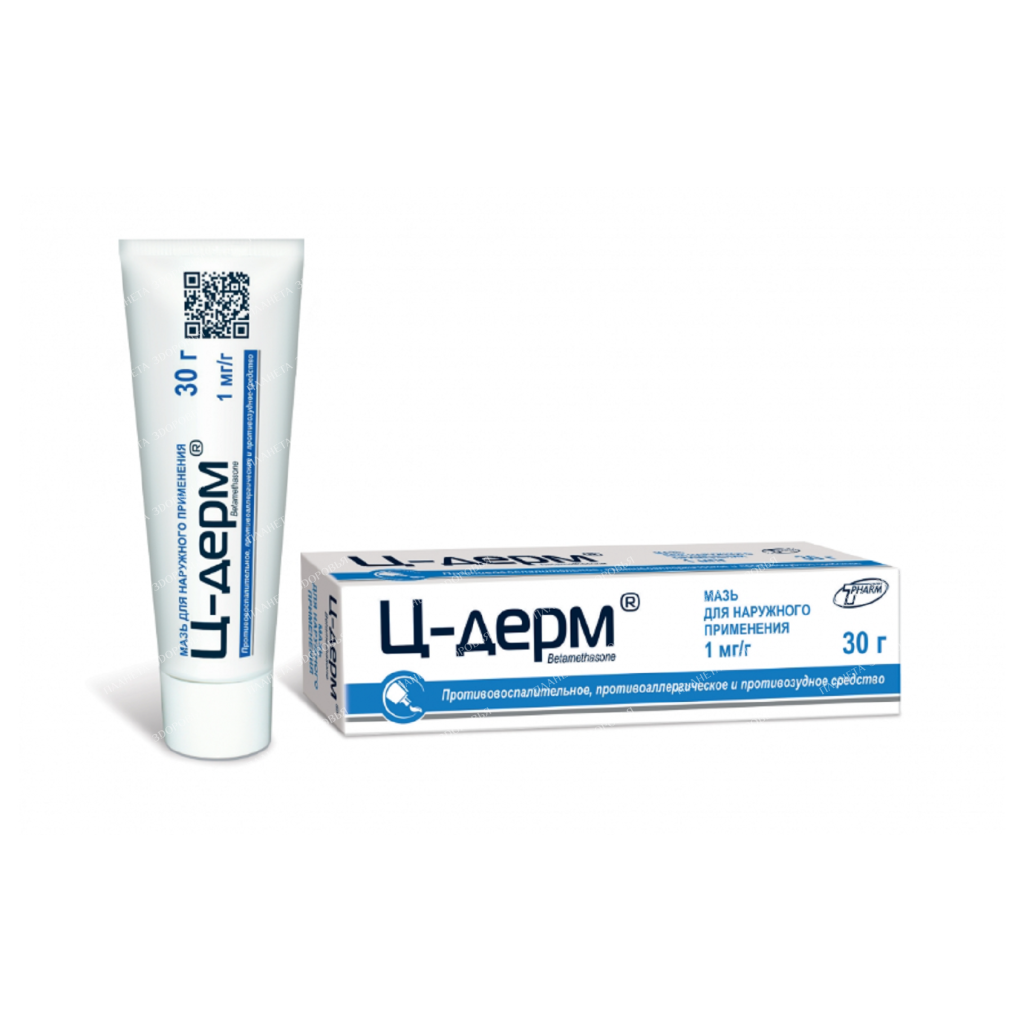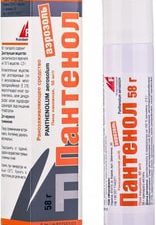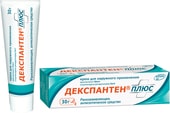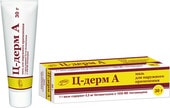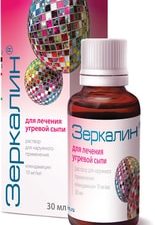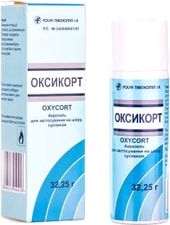C-Derm Ointment 1mg/g 30g: Effective Relief for Skin Conditions
C-Derm Ointment is a potent topical corticosteroid used to reduce inflammation and itching caused by various skin conditions. This comprehensive guide provides detailed information on C-Derm Ointment, including its uses, dosage, precautions, and potential side effects.
What is C-Derm Ointment?
C-Derm Ointment contains betamethasone valerate, a potent corticosteroid that effectively reduces inflammation, redness, and itching associated with various skin conditions. This ointment comes in a 30g tube and is designed for topical application to affected skin areas.
Uses of C-Derm Ointment:
C-Derm Ointment is indicated for the treatment of various dermatoses responsive to corticosteroid therapy, including:
- Dermatitis: Contact, exfoliative, seborrheic, solar, radiation, and intertriginous dermatitis.
- Neurodermatitis
- Eczema: Atopic and coin-like eczema.
- Psoriasis: (excluding common psoriasis)
- Discoid lupus erythematosus
- Generalized erythroderma: (as part of complex therapy)
How to Use C-Derm Ointment:
C-Derm Ointment is applied in a thin layer to the affected skin area 1-3 times daily, depending on the severity of the condition. The frequency of application should be adjusted according to the severity of the disease.
Important Precautions:
- Avoid occlusive dressings: Occlusive dressings can increase the risk of side effects.
- Gradual withdrawal: After achieving the desired therapeutic effect, gradually reduce the frequency of use or switch to a less potent corticosteroid.
- Consult a doctor: If your condition does not improve or worsens within 2-4 weeks, consult your doctor.
- Limited use: Continuous use of C-Derm Ointment should not exceed 4 weeks. In children and for facial skin lesions, the treatment course should not exceed 5 days.
- Pregnancy and lactation: C-Derm Ointment is not recommended during the first trimester of pregnancy. Discuss use during pregnancy and breastfeeding with your doctor.
Potential Side Effects:
Possible side effects of C-Derm Ointment include:
- Skin: Burning, itching, irritation, dryness, folliculitis, hypertrichosis, acne-like rashes, hypopigmentation, perioral dermatitis, allergic contact dermatitis, skin maceration (under occlusive dressings), skin atrophy, stretch marks, prickly heat.
- Infections: Secondary infection (especially under occlusive dressings).
Important Considerations:
- Avoid contact with eyes: Do not apply C-Derm Ointment to the eyelids due to the risk of glaucoma or subcapsular cataracts.
- Use with caution in psoriasis: Use C-Derm Ointment with caution for psoriasis due to the potential for recurrence, tolerance development, generalized pustular psoriasis, and toxicity.
- Prolonged use: Avoid long-term use of C-Derm Ointment, especially on large skin areas, the face, and skin folds.
- Wounds and mucous membranes: Avoid applying C-Derm Ointment to wounds and mucous membranes.
- Visual disturbances: With the use of topical corticosteroids, visual disturbances may occur. Consult an ophthalmologist if you experience any visual changes.
Storage:
Store C-Derm Ointment at a temperature not exceeding 25°C. Keep out of reach of children.
Buy C-Derm Ointment 1mg/g 30g:
[Insert link to purchase C-Derm Ointment 1mg/g 30g]Always consult your doctor before using any new medication.
Keywords: C-Derm Ointment, betamethasone valerate, topical corticosteroid, skin conditions, dermatitis, eczema, psoriasis, neurodermatitis, dosage, precautions, side effects, storage, buy C-Derm Ointment, skin care, inflammation, itching, relief, treatment.
| INN | BETAMETASONE |
|---|---|
| The code | 36 387 |
| Barcode | 4 810 183 004 605 |
| Dosage | 1mg/g 30g |
| Active substance | Betamethasone |
| Manufacturer | Pharmtekhnologiya LLC, Belarus |
 Free worldwide shipping on orders $99+
Free worldwide shipping on orders $99+  US: temporary delays — postal services aligning new import rules,
US: temporary delays — postal services aligning new import rules,  EU: 1–2 weeks,
EU: 1–2 weeks,  Worldwide: 1–4 weeks
Worldwide: 1–4 weeks 

